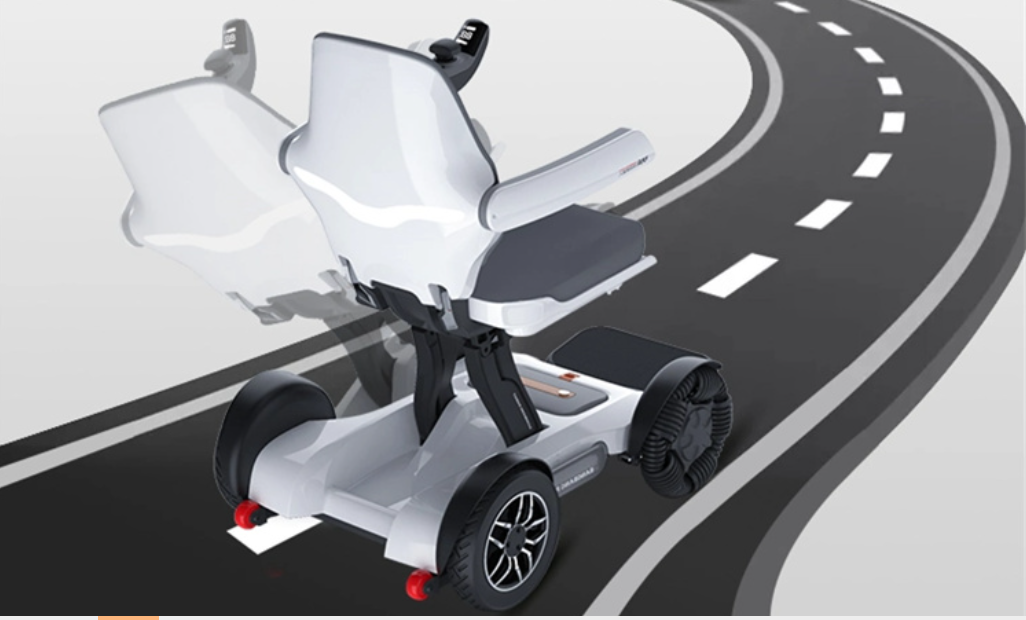You can generally take an electric wheelchair on a plane. Airlines are equipped to handle the transportation of mobility devices, including electric wheelchairs, to ensure passengers with disabilities have access to air travel.

Here are some important steps and considerations:
- Notify the Airline: Inform the airline about your electric wheelchair at the time of booking or well in advance of your flight. This allows them to make necessary arrangements and provide any assistance you may need.
- Battery Regulations: Check the airline’s policies regarding the transportation of electric wheelchair batteries. Generally, you will need to ensure that the battery is securely attached to the wheelchair, and you may need to disconnect it during the flight. Lithium-ion batteries are commonly used in electric wheelchairs, and there are specific regulations governing their transport.
- Documentation: Carry documentation for your electric wheelchair, including information about the battery type, voltage, and capacity. This can be useful in case airline staff need additional information.
- Arrive Early: Arrive at the airport well in advance of your flight to allow sufficient time for the airline to handle the transportation of your electric wheelchair. Airlines often have specific procedures for assisting passengers with mobility devices.
- Special Assistance: Request special assistance if needed. Airlines offer assistance services for passengers with disabilities, and this may include help with boarding, deplaning, and transferring to and from your seat.
- Disassembly and Packaging: Depending on the size and type of your electric wheelchair, you may need to disassemble it for transport. Airlines may have guidelines on how to pack and secure your wheelchair for the flight.
It’s important to contact your specific airline for detailed information on their policies and procedures regarding the transport of electric wheelchairs. Each airline may have slightly different requirements, and they can provide the most accurate and up-to-date information based on their specific guidelines.
